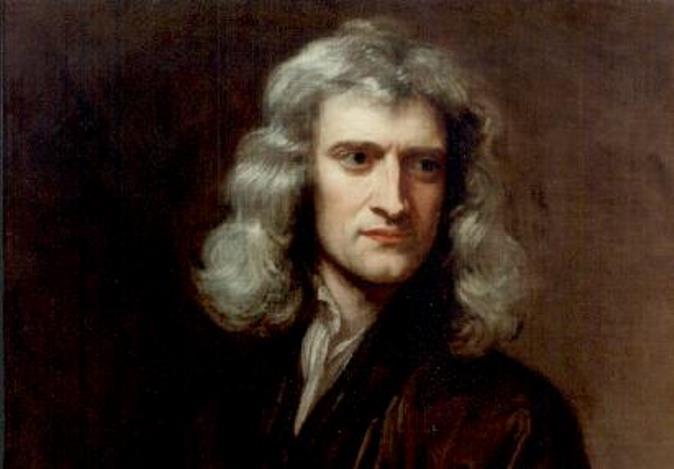Isaac Newton, physicist, mathematician, and one of the most influential scientists ever, was also a prolific alchemist and even owes part of his scientific legacy to the mysterious craft.
Newton’s handwritten manuscript on alchemy recently resurfaced when a Philadelphia-based nonprofit, Chemical Heritage Foundation, purchased the 17th century document.
Academics have long tiptoed around this connection, since alchemy is usually dismissed as mystical pseudoscience full of fanciful, discredited processes.





